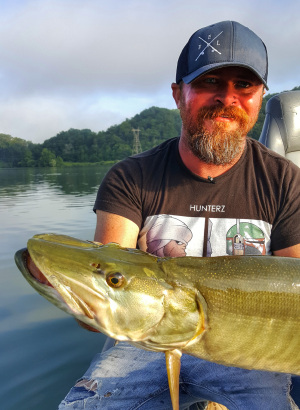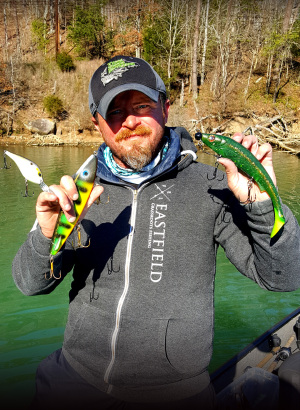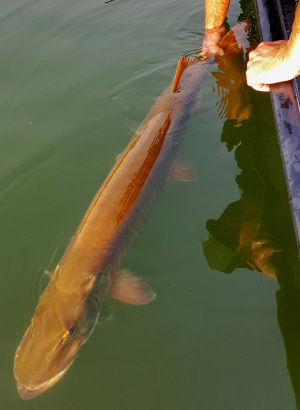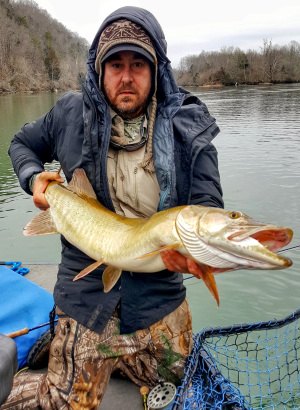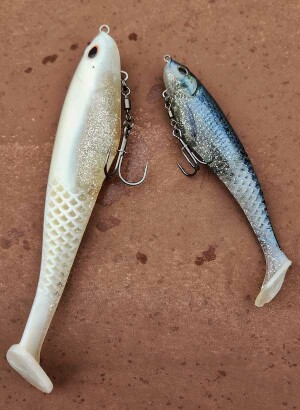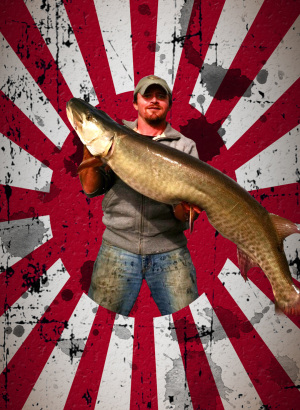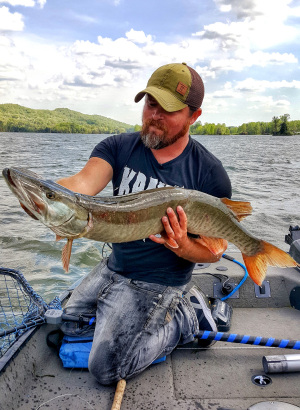Cory Allen, a renowned musky guide from Tennessee, emphasizes understanding each cove as an individual entity and its connection to the larger system. He uses the "interstate theorem" to justify the qualities of a cove and recommends using the conical effect on fish. Allen's musky fishing tips include lure retrieval techniques and understanding the environment.
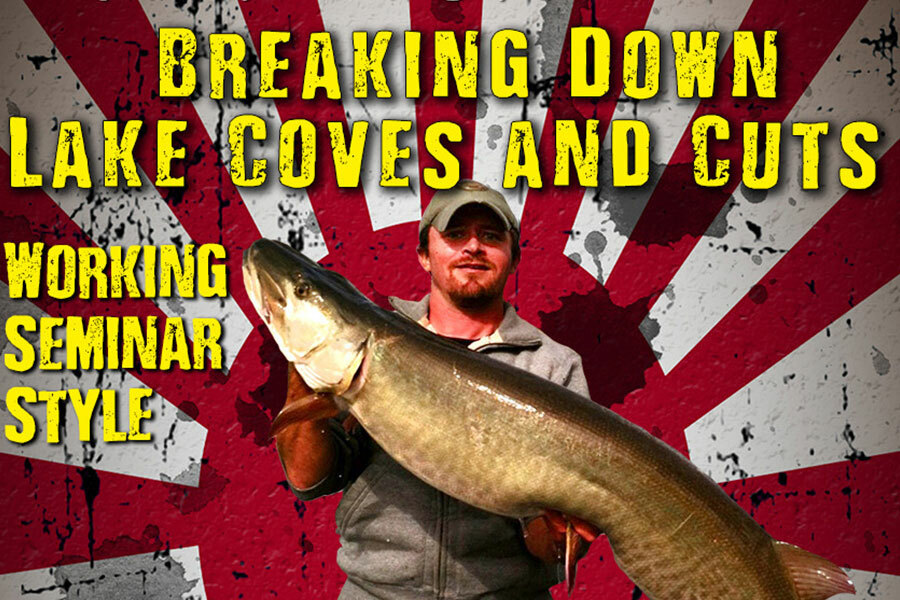
Breaking Down Lake Coves and Cuts for Muskie
Crackling anticipation hangs heavy in the air. Sunlight spears through the canopy, dappling the emerald water of a secluded cove. You stand poised, your musky rod humming with potential energy. This is the crucible, the heart of the battleground where you and the legendary muskie will lock horns in a primal dance of predator and prey.
For countless anglers, the pursuit of the muskie, or muskellunge (Esox masquinongy), represents the summit of freshwater fishing. This elusive leviathan, the undisputed apex predator of its domain, is not merely a fish; it's a living legend, a test of both skill and mettle. And while vast stretches of open water hold their own allure, it's within the sanctuary of lake coves and cuts that musky fishing transforms into a tactical chess match, a masterclass in reading the whispers of the landscape.
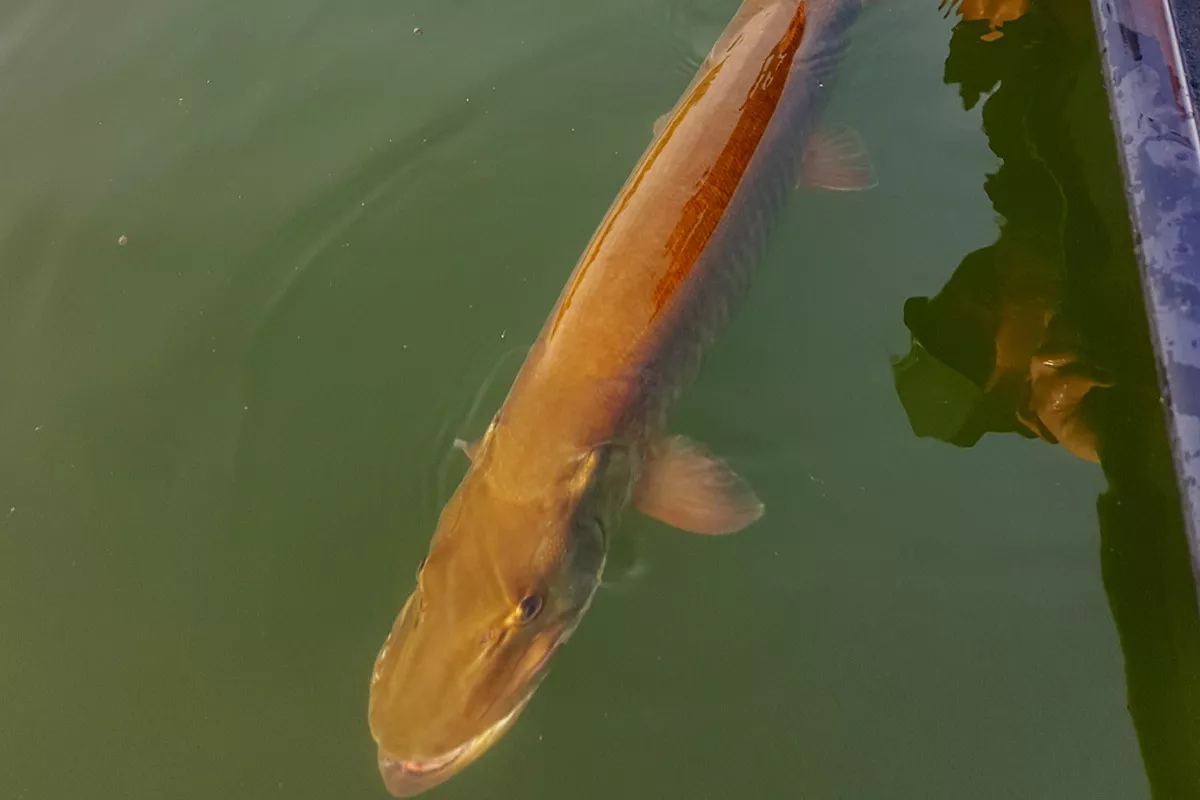
Unraveling the Cove's Secrets: Beyond Sight Fishing
Stepping into the realm of cove fishing is akin to entering a hidden ecosystem, a microcosm within the larger lake. These tranquil arms of water, branching off like forgotten pathways from the main channel, become havens for muskies seeking ambush points, spawning grounds, and rich feeding zones. Yet, not all coves are created equal. Discerning which ones pulsate with potential and which ones lie barren requires a deeper understanding than simply casting to visible structure.
Here's where Cory Allen, a musky aficionado and Tennessee's very own angling sensei, enters the scene. With his years of navigating the dynamic waters of the eastern states, Cory has cracked the code of cove fishing, reducing it to a science of topography, fish behavior, and unwavering dedication. The cornerstone of his philosophy is the "interstate theorem", a powerful analogy that emphasizes understanding each cove as a distinct entity within the larger network of the lake. Just as you wouldn't blindly drive down every exit on the interstate without considering your destination, so too must you analyze each cove's individual character, its connection to the main channel, and the unique opportunities it presents.
Beyond the Surface: Mastering the Conical Effect
While sight fishing – targeting visible structure like weed beds and fallen logs – remains a staple of cove tactics, there's a crucial layer many anglers miss: the conical effect. Imagine each cove as a funnel, drawing baitfish and predator alike towards its tip. This creates a prime presentation zone for suspended fish, often lurking several casts off the shoreline in the open water. By focusing on the "Sagittal plane", the imaginary line running straight down the middle of the cove, you unlock access to these unseen predators, potentially striking gold where others have gone empty-handed.
Going Beyond the Lures: Unraveling the Muskie's Mind
Cory's expertise extends far beyond dissecting open water and analyzing topography. He delves deep into the realm of lure retrieval techniques, teaching anglers how to manipulate their presentation to trigger instinctive muskie reactions. This advanced artistry, a blend of finesse and calculated aggression, demands active perception and a nuanced understanding of how muskies relate to specific areas within the cove. Remember, a musky is no automaton; it's a thinking, adapting predator, and outsmarting it requires an intimate understanding of its language, spoken in the dialect of current, structure, and prey movement.
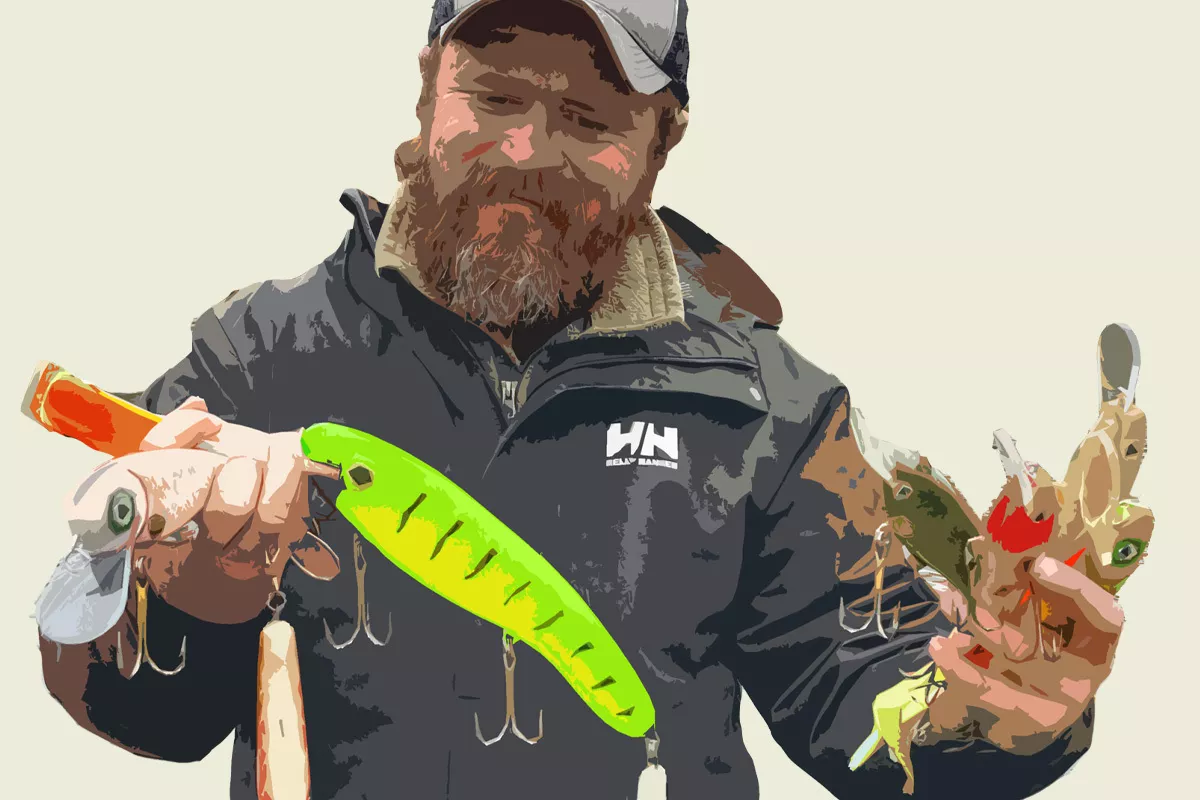
Identifying High-Potential Targets: Not All Trees are Created Equal
Every shoreline element within a cove tells a story. A gnarled old stump might be a casual passerby's eyesore, but to a seasoned musky angler, it's a potential ambush point, a silent sentinel marking the edge of a feeding lane. Learning to identify and rank these visible "trigger points" – fallen logs, weed edges, rock outcroppings – is paramount. Understanding which ones warrant the most attention, how to dissect their potential with different lure presentations, and ultimately, what they signify within the ecosystem's grand design, elevates you from a mere thrower of lures to a master interpreter of the muskie's world.
The Cove Dance: Where Skill Meets Serendipity
Musky fishing in coves is an intricate ballet, a dynamic tango between patience, strategy, and a healthy dose of respect for the adversary. It's about understanding the nuanced language of the water, the subtle cues that speak of muskie movements and feeding patterns. It's about dissecting the topography, not just with your eyes, but with your mind, recognizing the invisible pathways and ambush points that hold the promise of an encounter.
So, as you venture into the emerald sanctuaries of the coves, remember this: knowledge is your ultimate weapon. Equip yourself with the science of the "interstate theorem," master the conical effect, and refine your lure retrieval techniques

